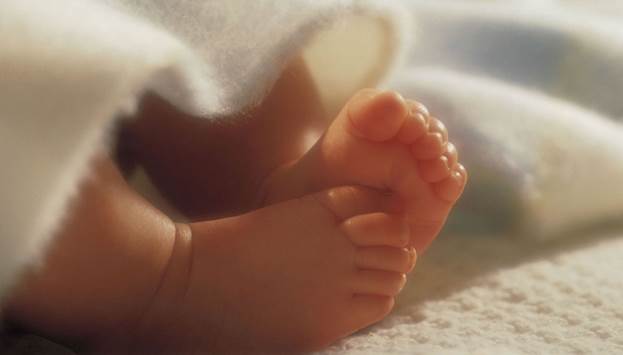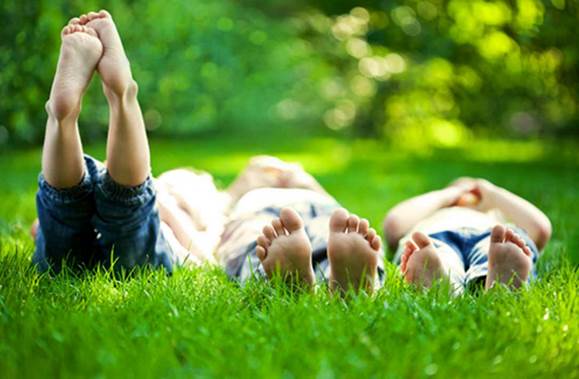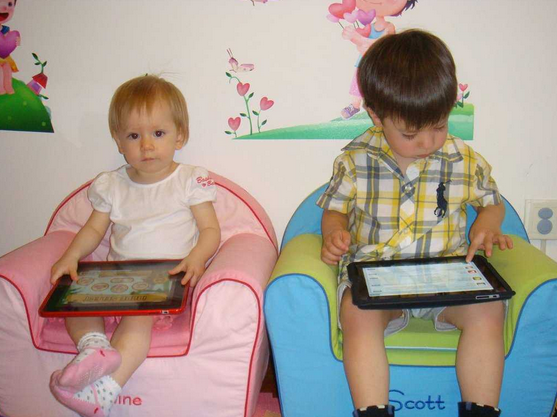Continuing our series on bringing up
healthy kids
Did you know that Babies are born with only
22 bones (actually soft flexible cartilage that hardens) in each foot? These
increase to 26 by the time they are five. There are three main shapes, usually
inherited from you
·
Tapered: the big toe is the longest
·
Rounded: the second or third toe is larger than
the big toe
·
Square: all the toes are the same size
Most babies begin life with the toes
pointed slightly out. What’s more, when they start to pitter-patter, their feet
turn out to some degree in a sort of Donald Duck walk until they gradually
bring the front part of the feet in as they progress and their feet are
parallel.

Did
you know that Babies are born with only 22 bones (actually soft flexible
cartilage that hardens) in each foot?
However if the unborn baby lies with its
feet pressed against the womb the wrong way or are crossed it can be born with
feet turned inward.
Happy feet (ankles and knees too) depend on
the pattern of development. Once the broad-based halting steps of early
toddlerhood have been mastered, your child will develop a painless rhythmic
gait of his own.
And do remember: Many knee and foot
problems that you notice resolve on their own steam without treatment.
Pigeon toes:
Your baby sleeps on his tummy, with the feet pointed towards each other, sits
with his feet tucked under, and pushes himself in a walker with the outside
edge of his feet.
This is how the toeing-in tendency takes
hold in a child, even though you may not know that it exists. To prevent
·
At each diaper change, angle the feet out.
Tickle baby feet and legs as part of your play routine while you cuddle her,
turn out the feet against your body in a spread-eagled position.
·
Tuck into bed with turned out toes, because side
and back sleeping babies have no toe problems.
·
Don’t use a walker if your baby toes in or out
excessively on one. Tripping is the first sign of pigeon toes.
If necessary, if she hasn’t outgrown the
habit by five, orthopedic shoes will get rid of it.
Flat feet: All babies have feet that look
flat for the first two years, partly because they haven’t built up their
arches, partly because their feet are pudgy.
Tiny feet have very flexible bones and
joints, so some children’s feet flatten when they stand, even though you can
see the arch if you lift them on their toes.
A foot with a sound arch leaves a raised
area in the print on the side of the big toe. A solid foot print made on soft
earth by the bare foot is a sign of flat foot. This is because the arch of the
instep is lower than usual, so the whole sole rests flat on the ground.

A
foot with a sound arch leaves a raised area in the print on the side of the big
toe.
Flat feet:
may be inherited or result when the arch of the foot is unusually flexible or
because there are fat pads in the arches both of which require no treatment.
However if an older child complains of pains and cramps, ask about specific
exercises and corrective shoes
Rigid feet:
Cannot be moved up ‘n’ down or side-to-side at the ankles and need an
orthopedic doctor’s evaluation.
Club foot:
If the feet are turned outwards but have normal movement at the ankle joints,
this could be due to a faulty position in the mother’s womb. It requires no
treatment and rights itself at 6 months.
If it appears rigid or persists it may be a
club foot which requires plastering or surgery.
Knock knees:
Most pre-school kids have knock knees where the knees point towards one
another. The condition peaks at three, and usually corrects itself by the age
of 7 or so without treatment.
Dr. R. K. Anand suggests that you consult
your doctor if the gap between the ankles when the child is lying down with the
legs touching the bed is more than 10 cms, and the child is over seven.
Bow legs:
Almost all infants are bow legged, that is the knees appear rotated away from
each other. They can happen because of the way the legs bend to fit in the
womb. “Rickets can also cause the condition, but your doctor will confirm this
with further investigations”, says Dr. R. K. Anand.
Most pre-school kids have knock knees
where the knees point towards one another
Bow leggers usually toe in and are active.
It’s not true that the condition only happens to kids who start walking early.
In most cases, bow legs get corrected
without intervention by age two.
Consult a doctor if only one leg is
affected or if the condition worsens after two.

Most
pre-school kids have knock knees where the knees point towards one another
Curved shinbones: It’s called Tibial Torsion in medicalese and develops before birth.
The shinbones can curve inwards pointing to each other or curve outwards
pointing the toes away from each other.
You notice the curved shin bones when the
child begins to walk but it gradually straightens out soon afterwards.
Curved thighbone: Or femoral torsion. The thighs may curve inwards with the knees and
toes pointing towards each other, or curve outwards with the knees and toes pointing
away from each other (this is less common).
You can try to correct the condition by
making the child sit straight, but the thigh bones usually right themselves
when the child begins to walk.
In the rare instance that it persists past
the age of ten, surgical straightening of the bones may be necessary.